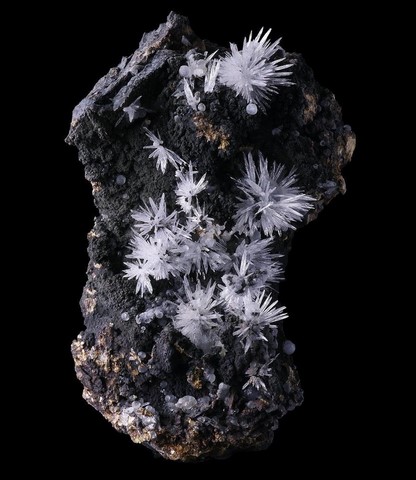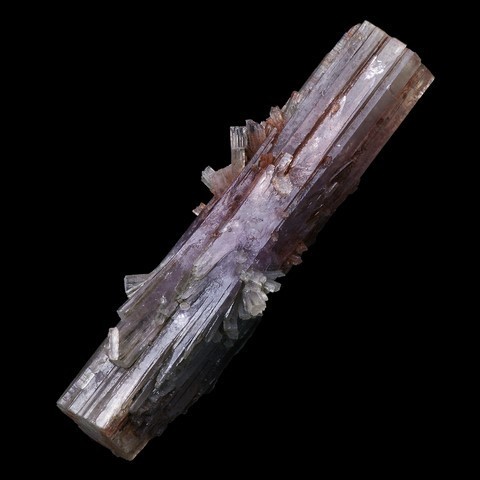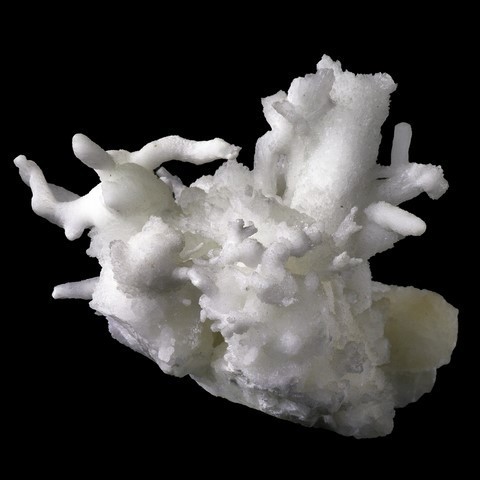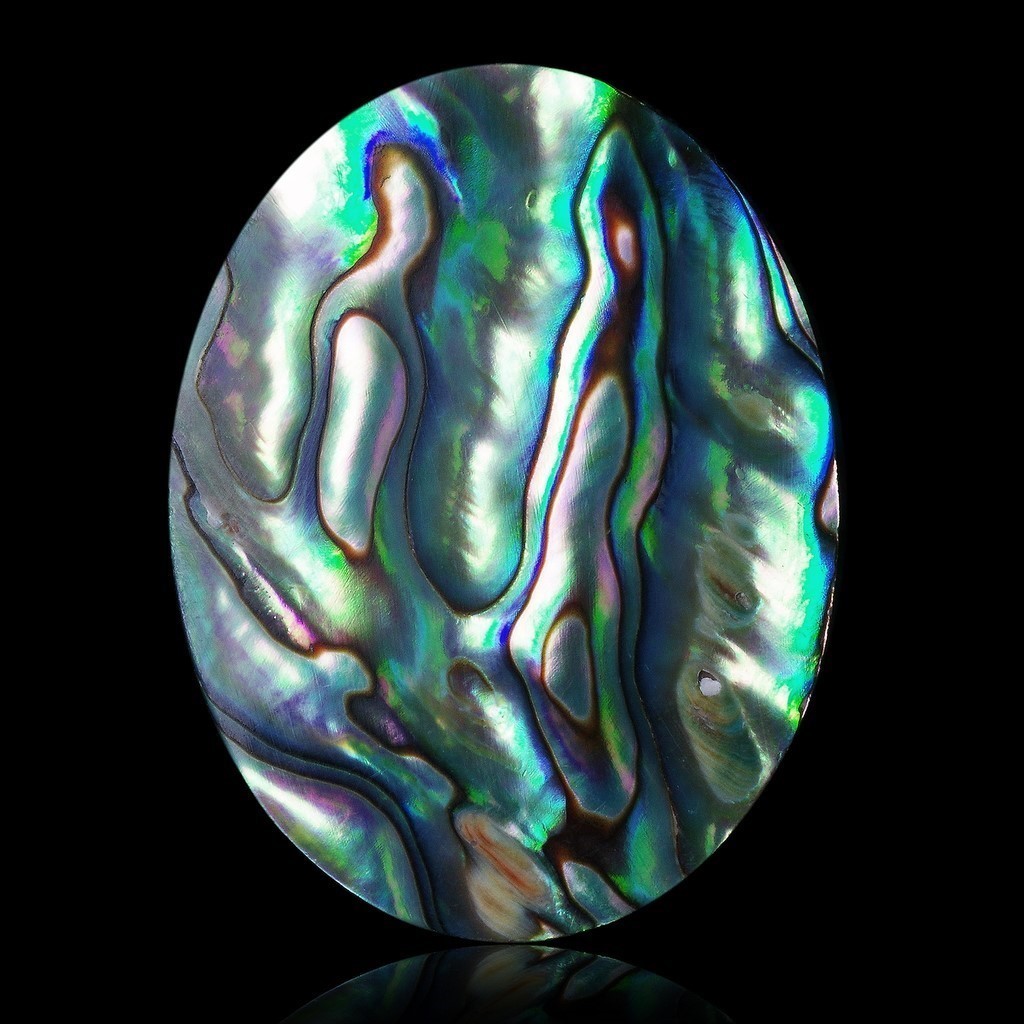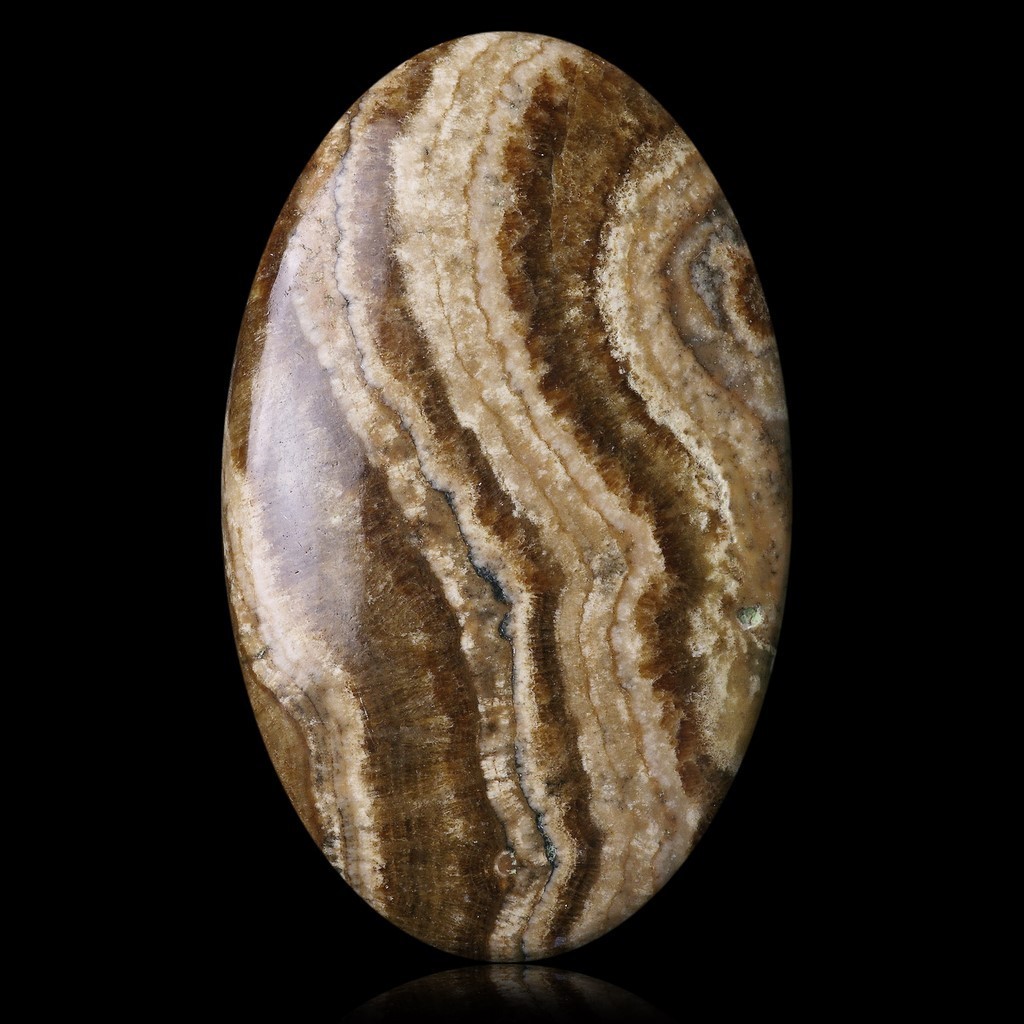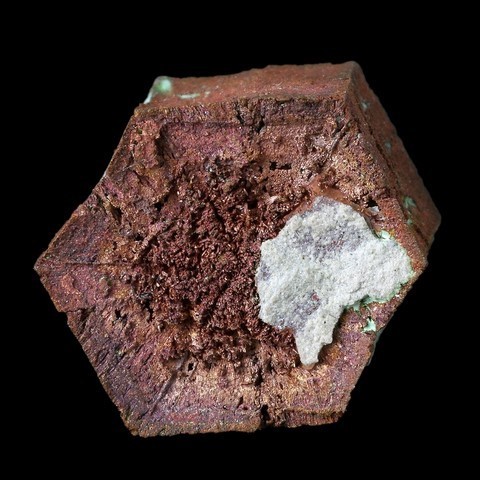 Aragonite - Encyclopedia
Aragonite - Encyclopedia
Class : Carbonates, Nitrates, Borates
Subclass : Anhydrous carbonates
Crystal system : Orthorhombic
Chemistry : CaCO3
Rarity : Very common
Aragonite is the dimorph of calcite. Stable at high pressure, it is unstable in surface conditions and tends to turn into calcite with all the more ease as the temperature is high. Aragonite is much rarer than calcite. It is also often purer, only strontium can enter in limited quantities within its crystal lattice (less than 4%). Its name comes from Molina de Aragon, Guadalajara, province of Castilla-la-Mancha in Spain where were discovered its pseudohexagonal twinned crystalline forms. Aragonite is a travertine mineral from salt-rich hot springs, where it is formed in preference to calcite, clayey and marly deposits of saline lagoons, associated with gypsum and sulfur. It is also found in beautiful transparent crystals and spherulitic aggregates in cracks and basalt geodes, as well as in siderite deposits (Austria). Finally, pearls and mother-of-pearl are lamellar aggregates of aragonite. The aragonite crystals are prismatic, often acicular, but its most characteristic form remains pseudohexagonal twinned structures, consisting of three crystals (sometimes two), associated by generating re-entrant angles. Aragonite is also often in columnar groups, straight or divergent in bacillary or acicular groups, in coralloid aggregates or encrustations. Transparent to translucent, aragonite is usually white, but pale to brownish, sometimes bluish-green or purple-pink colored varieties are common. Mostly these shades are related to inclusions of other minerals. Aragonite holds a much less important economic place than calcite. The massive aragonite sometimes plays the discreet role of ornamental stone. Travertines thermal springs are often made of aragonite and sometimes used for the making of decorative objects sold under the trade name "onyx". The petrifying fountains deposit aragonite incrustations on the objects which are deposited there at the origin of a well developed craft formerly in Auvergne Region in France (St-Nectaire, Gimeaux, etc...).
Aragonite in the World
Aragonite in France
In France, beautiful transparent acicular crystals more than 10 cm long come from the Chastreix basalt quarry in the Mont-Dore Massif and from the Châteaugay quarry (Puy-de-Dôme), where their colors can be slightly purple. The cavities of the basalts of Gergovie also provided magnificent white aragonite sea urchins (main photo). The Bastennes deposit (Landes) produced twinned crystals of the same facies as the Spanish. The fossil hydrothermal vents at Vertaizon (Puy-de-Dôme) yielded radial aggregates consisting of acicular crystals exceeding 25 cm. At Arrigas in the Gard, the magnificent blue stalactites pluricentimetric consist of aragonite, as well as the white concretions of the Salsigne Mine (Aude).
Twinning and special crystallization
Single crystals are typically twinned on {110} producing pseudohexagonal aggregates of contact and penetration twins. Polysynthetic twins produce fine striations or lamellae parallel to [100].
Aragonite can be replaced by other mineral species such as the native copper Coro Coro Mine, Department of La Paz in Bolivia for example (right photo with a pseudohexagonal copper pseudomorph after cyclic twinned aragonite crystal).
Fakes and scams
Aragonite can be artificially colored with copper sulphate to give it green or blue colors. On coralloid aragonite these colors exist in nature, but they are not described for crystals...
Hardness : 3.5 to 4
Density : 2.947
Fracture : Sub-onchoidal
Trace : White
TP : Translucent to transparent
RI : 1,529 to 1.686
Birefringence : 0,156
Optical character : Biaxial -
Pleochroism : Weak
Fluorescence : Varied
Solubility : Hydrochloric or nitric acid
Magnetism : Diamagnetic
Radioactivity : None

